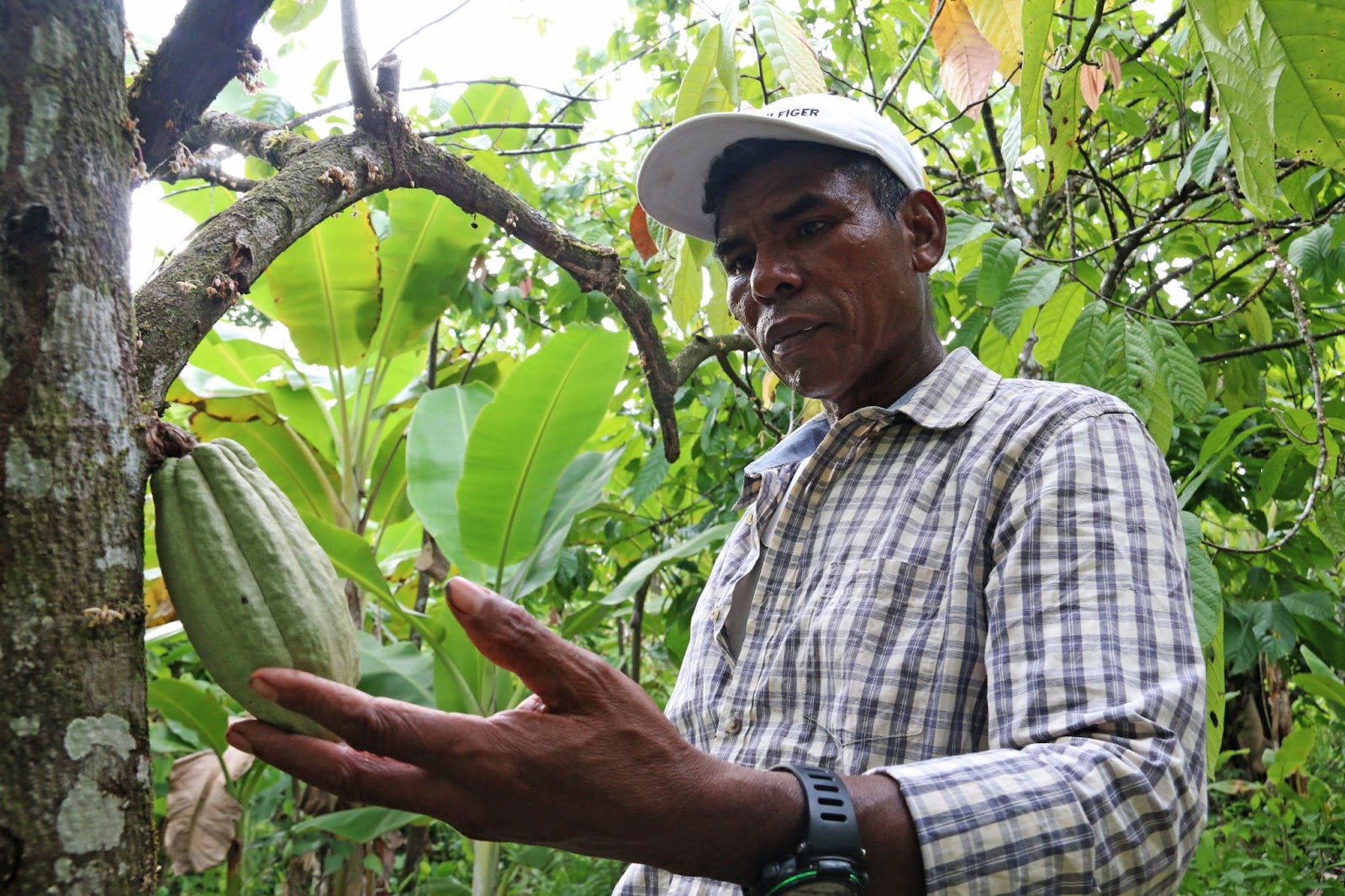"THE LAND IS OUR HERITAGE, AND JUST AS OUR ANCESTORS HAVE ALWAYS PRESERVED THE LAND, THE YOUTH MUST FOLLOW IN THOSE FOOTSTEPS TO SECURE OUR FUTURE."
This is the message shared by Alonso Joseph, Secretary of the Regional Government of Indigenous Territories of Alto Wangky and Bocay, part of the Nicaraguan Moskitia. In this region flows the Coco River or Wangki Awala (in Miskito language), which is the longest river in Central America, spanning 700 kilometers in length and forming a significant portion of the border between Honduras and Nicaragua.
 Photo: Alonso Joseph, one of the young indigenous leaders and current secretary of the Indigenous Territorial Government (GTI) of Alto Wangky and Bocay.
Photo: Alonso Joseph, one of the young indigenous leaders and current secretary of the Indigenous Territorial Government (GTI) of Alto Wangky and Bocay.
For Alonso and his family, the connection with the Wangki Awala River is ancestral. He grew up in the community of Walakitang, in the heart of indigenous territories. For several years now, during his service, his days have mostly been spent traveling by boat among the 35 communities that are part of their territories, collaborating to coordinate environmental projects that Indigenous Governments implement alongside other partner organizations and community members.
 Photo: Boat navigating the Wangki Awala River.
Photo: Boat navigating the Wangki Awala River.
One of the projects that Alonso is passionately working on is within the framework of The Great Forests of Mesoamerica, supporting cacao producers in his communities to enhance their knowledge, practices, and attitudes regarding cacao cultivation and management, incorporating agroforestry systems. This passion was inherited from his father, Joseph, who tends to 4 hectares of his own cacao plantation. He shares: "Just as some people are passionate about coffee, we have a passion for cacao." This statement encapsulates the sentiment of indigenous communities towards cacao, which is not only an economic opportunity but also a part of their identity.
 Photo: Joseph at his cacao plantation known as "Utla Almuk" (Old House).
Photo: Joseph at his cacao plantation known as "Utla Almuk" (Old House).
One of the cacao production initiatives enthusiastically driven by young Alonso Joseph focuses on the "Blessing of God" nursery. Together with Don Rufino Fernández, another "indigenous guardian" of cacao culture, and 20 other producers, they have produced thousands of plants distributed to 184 beneficiaries as part of the Great Forests of Mesoamerica initiative. Don Rufino's saying goes: "Cacao is our emblem," expressing that cacao requires specific care and he knows the plant well, sharing this knowledge with other producers from indigenous communities.
 Photo: Rufino Fernández proudly displaying cacao produced in his community, Wayawas.
Photo: Rufino Fernández proudly displaying cacao produced in his community, Wayawas.
Through this support, young Alonso Joseph has succeeded in getting indigenous producers committed to conserving areas of natural and secondary forests, abandoning degraded areas to initiate processes of passive restoration/natural regeneration, particularly in sites previously invaded by cattle farms.
As a young person, Alonso Joseph understands the importance of using technological tools, including mobile devices. For this reason, he is now supporting their use, such as the SMART application, to enhance the management of areas within their indigenous territories, primarily focused on other youth like himself, with the support of the Wildlife Conservation Society (WCS). Currently, the SMART technology is utilized by different groups of resource guards in Belize, Guatemala, Honduras, Nicaragua, and Panama, where WCS implements projects with other partners.
Today, August 12th, we celebrate International Youth Day by sharing stories like Alonso's because, just like him, there are other young individuals worldwide who are aware of the importance of their involvement in defending and protecting their territory. Supporting these youths is a fundamental task to enhance conservation initiatives in the face of challenges that society is encountering, such as global warming and the depletion of biodiversity and essential natural resources for humanity's survival.
Text and photos by CNA / WCS Mesoamérica and the Caribbean
For more information, please visit: https://honduras-nicaragua.wcs.org/es-es